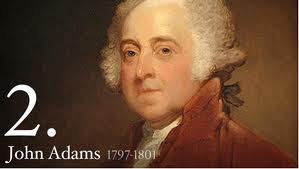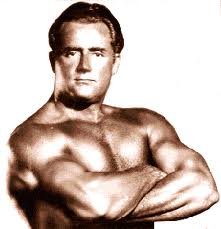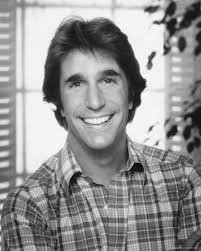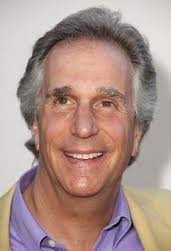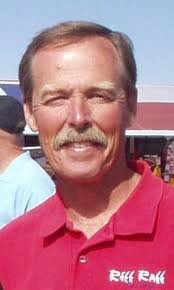A cheque, or check (American English; see spelling differences), is a document that orders a bank (or credit union) to pay a specific amount of money from a person's account to the person in whose name the cheque has been issued. The person writing the cheque, known as the drawer, has a transaction banking account (often called a current, cheque, chequing, checking, or share draft account) where the money is held. The drawer writes various details including the monetary amount, date, and a payee on the cheque, and signs it, ordering their bank, known as the drawee, to pay the amount of money stated to the payee.
Although forms of cheques have been in use since ancient times and at least since the 9th century, they became a highly popular non-cash method for making payments during the 20th century and usage of cheques peaked. By the second half of the 20th century, as cheque processing became automated, billions of cheques were issued annually; these volumes peaked in or around the early 1990s.[1] Since then cheque usage has fallen, being replaced by electronic payment systems, such as debit cards and credit cards. In an increasing number of countries cheques have either become a marginal payment system or have been completely phased out.
Nature of a cheque
A cheque is a negotiable instrument instructing a financial institution to pay a specific amount of a specific currency from a specified transactional account held in the drawer's name with that institution. Both the drawer and payee may be natural persons or legal entities. Cheques are order instruments, and are not in general payable simply to the bearer as bearer instruments are, but must be paid to the payee. In some countries, such as the US, the payee may endorse the cheque, allowing them to specify a third party to whom it should be paid.
Cheques are a type of bill of exchange that were developed as a way to make payments without the need to carry large amounts of money. Paper money evolved from promissory notes, another form of negotiable instrument similar to cheques in that they were originally a written order to pay the given amount to whoever had it in their possession (the "bearer").
Spelling and etymology
Check is the original spelling in the English language. The newer spelling, cheque (from the French), is believed to have come into use around 1828, when the switch was made by James William Gilbart in his Practical Treatise on Banking. The spellings check, checque, and cheque were used interchangeably from the 17th century until the 20th century. However, since the 19th century, in the Commonwealth and Ireland, the spelling cheque (from the French word chèque) has become standard for the financial instrument, while check is used only for other meanings, thus distinguishing the two definitions in writing.
In American English, the usual spelling for both is check.
Etymological dictionaries attribute the financial meaning of check to come from "a check against forgery", with the use of "check" to mean "control" stemming from a check in chess, a term which came into English through French, Latin, Arabic and ultimately from the Persian word shah, or "king".
History
The cheque had its origins in the ancient banking system, in which bankers would issue orders at the request of their customers, to pay money to identified payees. Such an order was referred to as a bill of exchange. The use of bills of exchange facilitated trade by eliminating the need for merchants to carry large quantities of currency (for example, gold) to purchase goods and services.
If you want to read a whole lot more, go here: https://en.wikipedia.org/wiki/Cheque
- 3/4 cup mayonnaise
- 3 ounces cream cheese, softened
- 1 cup shredded Cheddar cheese
- 1 cup shredded mozzarella cheese
- 1/2 teaspoon garlic powder
- 10 slices sourdough bread
- 4 tablespoons (1/2 stick) butter, softened
- In a medium bowl with an electric mixer, beat mayonnaise and cream cheese until light and fluffy. Stir in Cheddar cheese, mozzarella cheese, and garlic powder; mix well.
- Spread each of five bread slices evenly with cheese mixture. Top with remaining bread slices. Spread butter on both sides of the sandwiches.
- In a skillet over medium heat, cook in batches until golden on both sides and the cheese is melted.
1893 – Charles Atlas, Italian-born bodybuilder (d. 1972)
1945 – Henry Winkler, American actor
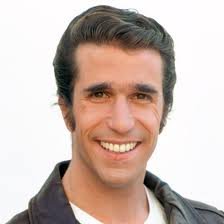
1946 – Robert L. Gibson, American astronaut
1951 – Harry Hamlin, American actor




.jpg)
.jpg)

